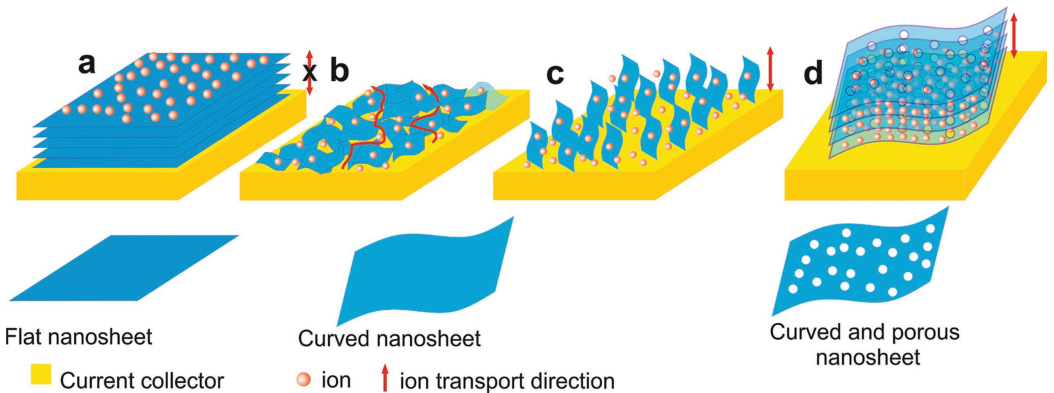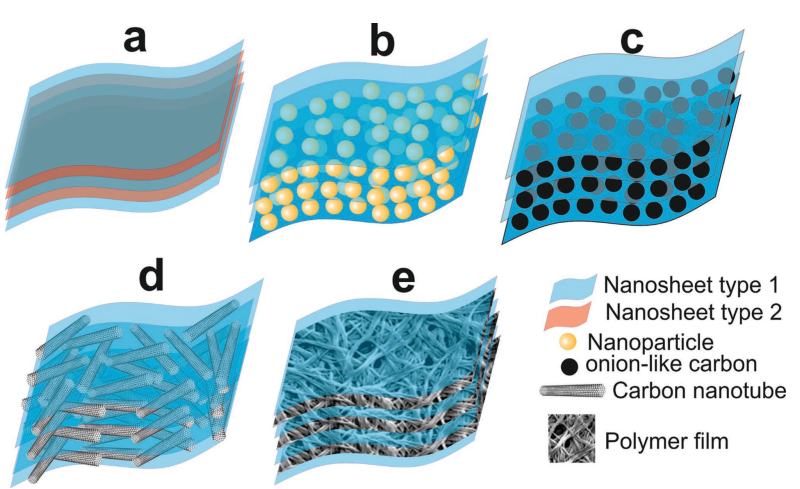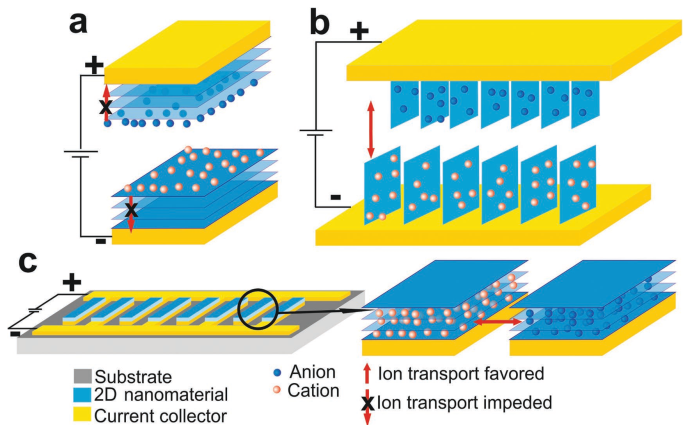Two-dimensional nanomaterial ultracapacitor parts
QQ Academic Group: 1092348845
Detailed
The unique properties and great variety of two‐dimensional (2D) nanomaterials make them highly attractive for energy storage applications. Here, an insight into the progress made towards the application of 2D nanomaterials for capacitive energy storage is provided. Synthesis methods, and electrochemical performance of various classes of 2D nanomaterials, particularly based on graphene, transition metal oxides, dichalcogenides, and carbides, are presented. The factors that directly influence capacitive performance are discussed throughout the text and include nanosheet composition, morphology and texture, electrode architecture, and device configuration. Recent progress in the fabrication of 2D‐nanomaterials‐based microsupercapacitors and flexible and free‐standing supercapacitors is presented. The main electrode manufacturing techniques with emphasis on scalability and cost‐effectiveness are discussed, and include laser scribing, printing, and roll‐to‐roll manufacture. Various issues that prevent the use of the full energy‐storage potential of 2D nanomaterials and how they have been tackled are discussed, and include nanosheet aggregation and the low electrical conductivity of some 2D nanomaterials. Particularly, the design of hybrid and hierarchical 2D and 3D structures based on 2D nanomaterials is presented. Other challenges and opportunities are discussed and include: control of nanosheets size and thickness, chemical and electrochemical instability, and scale‐up of electrode films.

图1. 储能器件中,二维纳米材料形貌对离子传输性能的影响

图2. 二维材料复合结构增强电容器性能

图3. 基于二维材料的超级电容器配置
reference:


 About us
About us